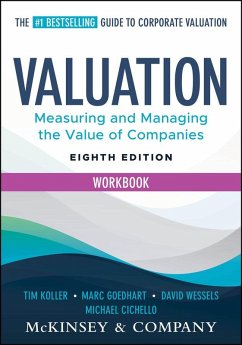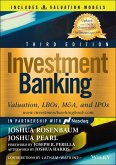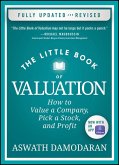The #1 best-selling guide to business valuation, newly updated and revised
Valuation Workbook is the companion book to the eighth edition of McKinsey's Valuation, the gold standard in measuring and managing valuation for more than 30 years. This workbook has been used by individuals and professors to gain a deeper understanding of valuation.
Called "the best practitioners' guide to valuation" by The Financial Times and "the most influential contemporary books about the world economy" by The Economist, the newly revised eighth McKinsey's long tradition of excellence. In the book, a team of veteran McKinsey & Company professionals walk you through the foundations of valuation, advanced topics like valuing high-growth companies and digital assets, and managerial topics such as corporate portfolio strategy and acquisitions. You'll also discover:
McKinsey & Company has been helping businesses, governments, non-profit organizations and other institutions grow and thrive for almost 100 years. Valuation's authors draw on that storied history to bring you the most relevant, accurate, intuitive, and practical guide to valuation on the market today.
Valuation Workbook is the companion book to the eighth edition of McKinsey's Valuation, the gold standard in measuring and managing valuation for more than 30 years. This workbook has been used by individuals and professors to gain a deeper understanding of valuation.
Called "the best practitioners' guide to valuation" by The Financial Times and "the most influential contemporary books about the world economy" by The Economist, the newly revised eighth McKinsey's long tradition of excellence. In the book, a team of veteran McKinsey & Company professionals walk you through the foundations of valuation, advanced topics like valuing high-growth companies and digital assets, and managerial topics such as corporate portfolio strategy and acquisitions. You'll also discover:
- Questions and answers about the content in each chapter
- Best practices to apply valuation to business strategy questions and communicate with investors
- How to analyze and forecast performance, the cost of capital, and put it all together in a coherent valuation
McKinsey & Company has been helping businesses, governments, non-profit organizations and other institutions grow and thrive for almost 100 years. Valuation's authors draw on that storied history to bring you the most relevant, accurate, intuitive, and practical guide to valuation on the market today.
Dieser Download kann aus rechtlichen Gründen nur mit Rechnungsadresse in D ausgeliefert werden.









